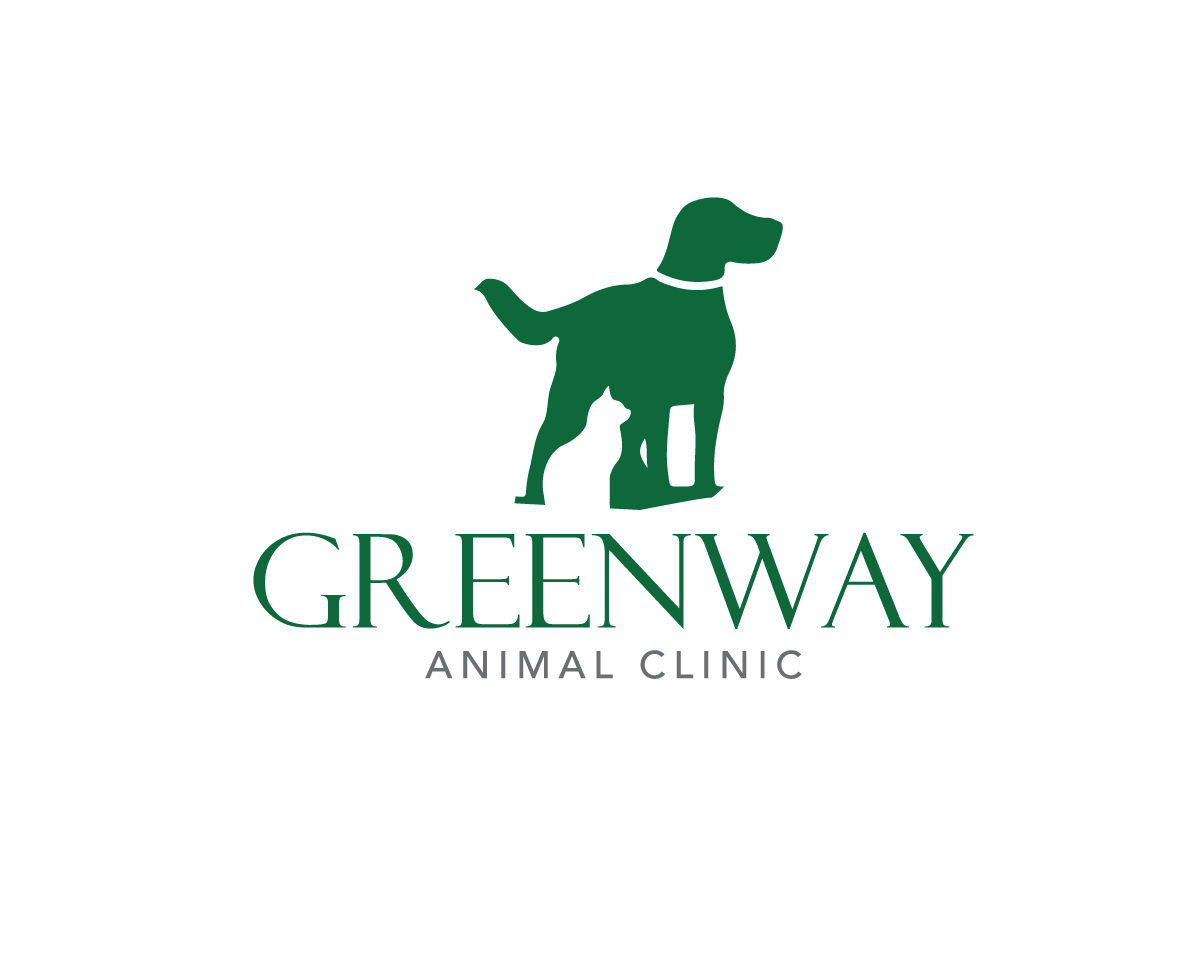Pet Health Library
-
Dogs can be irritated by fleas in two ways: Flea dermatitis and flea allergy dermatitis (FAD).
-
Successful flea control in dogs involves eliminating fleas from your dog as well as strict environmental flea control.
-
Flubendazole is used to control roundworms and some types of tapeworms. Your veterinarian will advise a deworming programme for your pet.
-
Garlic, the bulb of the plant Allium sativum, is a well-known herb and popular ingredient for cooking. It is supplied in raw form as the fresh bulb; as a liquid alcohol extract; or in gelatin capsules.
-
Giardia is sometimes confused with worms because they invade the gastrointestinal tract and can cause diarrhoea. They are not worms; instead, they are one-celled parasites classified as protozoa and have been largely overlooked until recently.
-
Heartworm disease (dirofilariasis) is a serious and potentially fatal disease in dogs in many parts of the world. It is caused by a worm called Dirofilaria immitis.
-
Hookworms are parasites which get their name from the hook-like mouthparts they use to attach to the intestinal wall. Despite their small size, they suck large amounts of blood from the tiny vessels in the intestinal wall.
-
This is a disease caused by a protozoan (single celled) parasite found in dogs and certain rodents in many part of the world. Thankfully the disease is exotic to Australia (foreign) and our isolation and quarantine have afforded us protection from this disease. A type of tick, Rhipicephalus sanguineus is widespread in Australia and this may act as a vector for the disease if it gains entry to our shores.
-
Lufenuron is prescribed for the control of fleas. It can also help in control of allergic skin disorders caused by fleas (flea allergy dermatitis).
-
Lyme disease (not Lyme's disease) is caused by a spirochete called Borrelia. It is transmitted to dogs through the bite of a tick.

